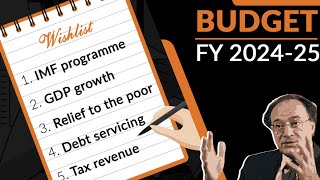China is likely to tap its massive chest of foreign exchange reserves when it moves to bail-out debt-laden state banks, the China Business Post said on Saturday.
"The government is likely to use part of its foreign exchange reserves to inject into state-owned commercial banks to expand their capital," the newspaper quoted industry sources as saying.
China by the end of October had amassed $401 billion in foreign exchange reserves, the world's second-largest total after Japan, helped by an influx of foreign investment and rising exports.
Analysts said in December Beijing was close to unveiling a landmark package to clean up the balance sheets of one or two key state banks, preparing them for stock market listings to tap a strong appetite for China plays.
The Business Post called chances of a bail-out "very likely" and said Bank of China and China Construction Bank could be the first two to have injections of $20 billion each.
The paper quoted experts as saying using foreign exchange reserves to bail out banks had no legal obstacles, as there was no law to specify how to use the reserves.
The official average debt ratio of the Big Four banks, which also include Agriculture Bank and the Industrial and Commercial Bank of China, stood at 26 percent at the end of 2002. Many analysts say the figure is closer to 40 percent.
Bankers say $20 billion could reduce the bad loan ratio of an institution like the Bank of China to about 10 percent.
But most analysts expect the rescue package to be more conditional and complex than the country's first "big bang" bail-out in 1998, when Beijing injected 270 billion yuan ($32.6 billion) into the Big Four banks.
Analysts have said payment options included the Ministry of Finance transferring bonds to a bank to reduce some loans deemed beyond recovery or shifting recoverable bad assets to four debt-clearing firms established in 1999. Foreign banks could be encouraged to take stakes.
China may withhold injections until banks make serious headway on improving risk management and lending practices, with funds coming perhaps shortly before their listings, they said.
The Bank of China says it aims to list by 2005 and China Construction has invited investment banks to vie for a mandate to help it list perhaps in 2004.
BR100
7,989
Increased By
410.8 (5.42%)
BR30
25,633
Increased By
1415.1 (5.84%)
KSE100
76,208
Increased By
3410.7 (4.69%)
KSE30
24,438
Increased By
1225 (5.28%)





















Comments
Comments are closed.